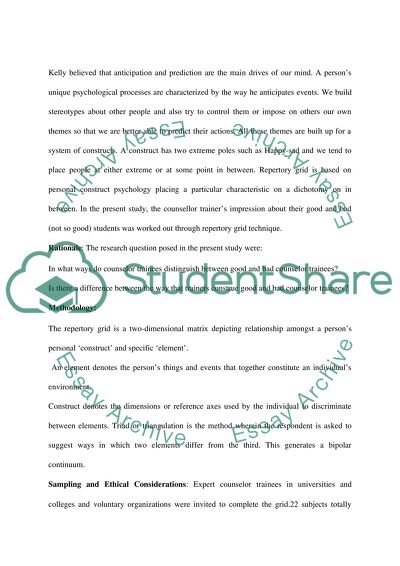Cite this document
(“Counseling Assignment Example | Topics and Well Written Essays - 1500 words”, n.d.)
Counseling Assignment Example | Topics and Well Written Essays - 1500 words. Retrieved from https://studentshare.org/psychology/1507912-counseling-assignment
Counseling Assignment Example | Topics and Well Written Essays - 1500 words. Retrieved from https://studentshare.org/psychology/1507912-counseling-assignment
(Counseling Assignment Example | Topics and Well Written Essays - 1500 Words)
Counseling Assignment Example | Topics and Well Written Essays - 1500 Words. https://studentshare.org/psychology/1507912-counseling-assignment.
Counseling Assignment Example | Topics and Well Written Essays - 1500 Words. https://studentshare.org/psychology/1507912-counseling-assignment.
“Counseling Assignment Example | Topics and Well Written Essays - 1500 Words”, n.d. https://studentshare.org/psychology/1507912-counseling-assignment.


